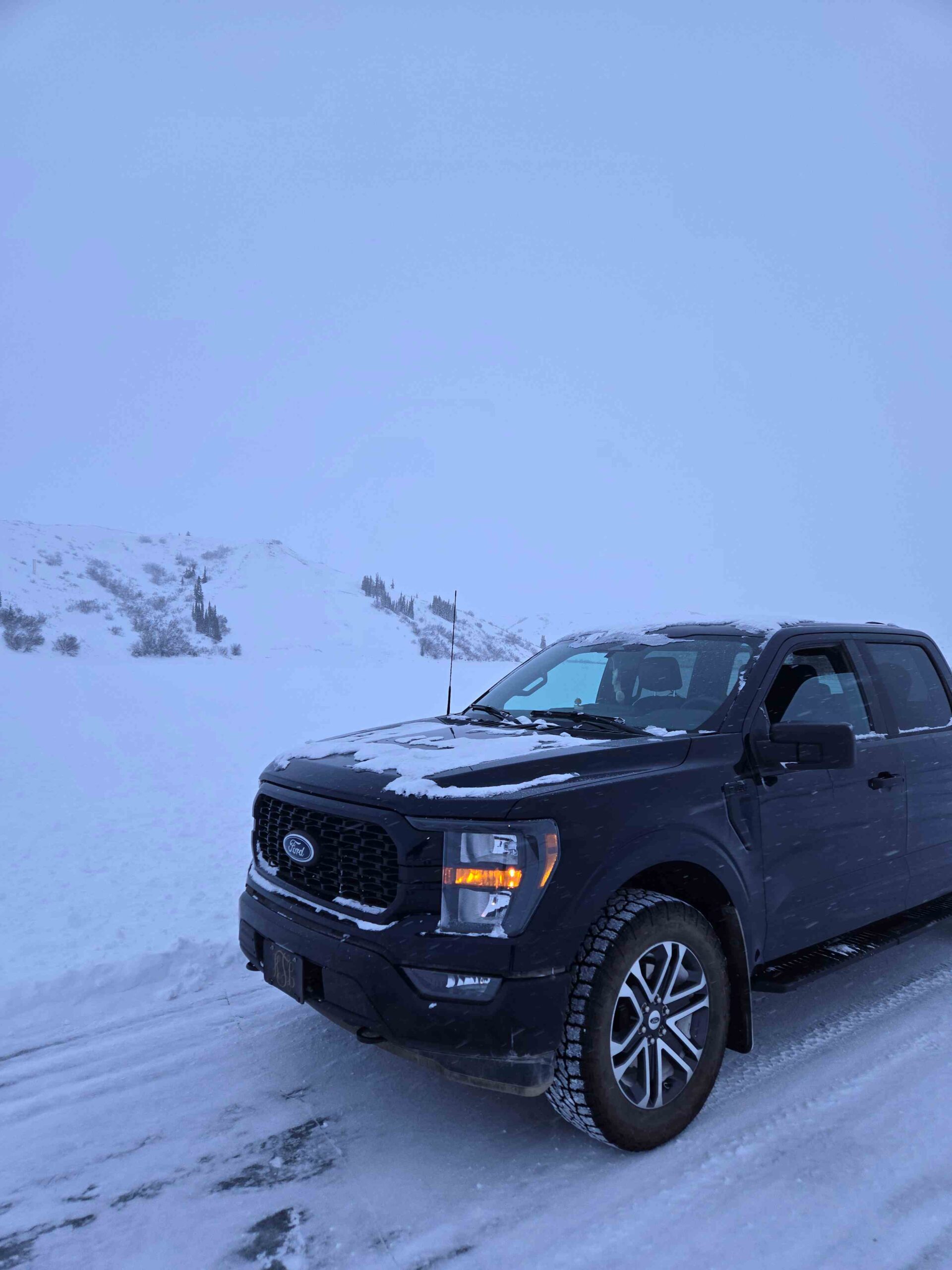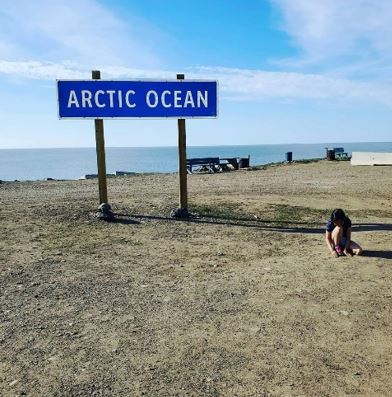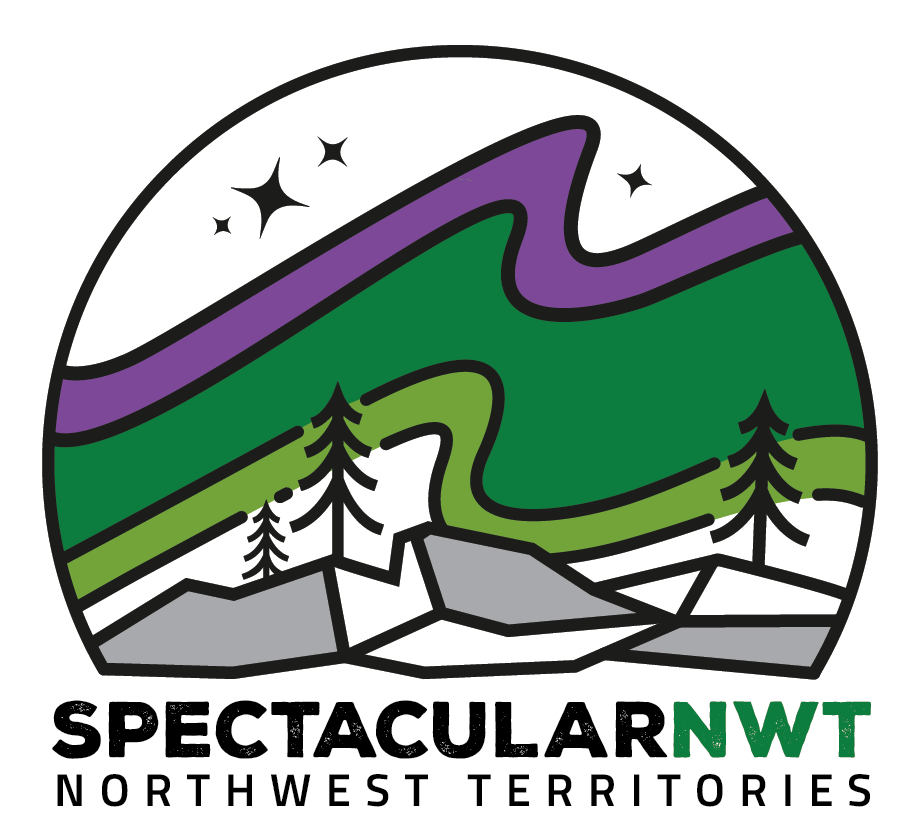By road or by air, the Northwest Territories is more accessible than people think.
For road travellers, three southern highways link to the NWT. Drive up the Alaska Highway through the Yukon to reach the legendary Dempster Highway to the Western Arctic hub of Inuvik and the coastal town of Tuktoyaktuk. Alberta Highway 35 heads north through the boreal forest to connect with NWT Highway 1 south of Hay River. From British Columbia, take Highway 77 to the pioneering Liard Trail, running parallel to the Mackenzie Mountains and ending in Fort Simpson.
Flying into Yellowknife is easy with major airlines coming from Edmonton, Calgary, Vancouver, Toronto, Ottawa, Montreal, and Whitehorse. Several airlines also connect Yellowknife to regional hubs through regular flights.
It’s never been easier to get to the NWT and travel around to interconnected communities across the territory. Chartered planes can take you to smaller communities, distant wilderness lodges, or remote dropoff locations for those looking for complete serenity and immersion. All major communities in the territory, and many of the smaller ones, are linked by year-round highways. Most of these routes are paved, and can be navigated by standard passenger cars, RVs, and other vehicles. Be sure to check road conditions and warnings on the Highway Conditions Website before heading out.
Dreaming of Northern vistas? Explore all the ways to get out and witness the magnificent landscapes and majestic wildlife of the Northwest Territories.
The Northwest Territories is home to some of the most pristine national parks in Canada. The humbling beauty and wild landscapes of the North are on full display. Read our guide to the 6 Canadian national parks in the NWT for a taste of what awaits you there.





















